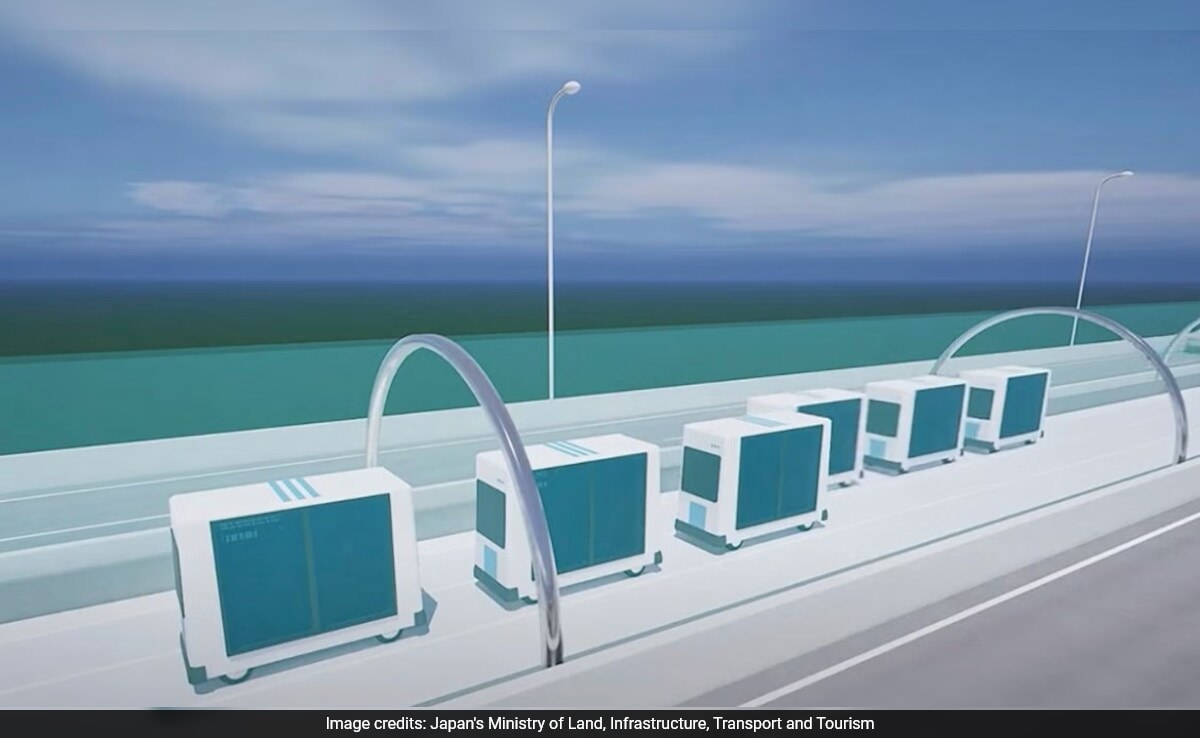Japan has made huge advancements in transportation, computing and robotics in the last few decades but the government is not sitting on its laurels. The Asian country is now gearing up to build a “conveyor belt road” between the capital city of Tokyo and Osaka. The automated cargo transport corridor is being developed with an eye to make up for the shortage of truck drivers as the ageing population increases in Japan. Yuri Endo, a senior deputy director overseeing the effort at the Ministry of Land, Infrastructure, Transport and Tourism said the system of freight transfer will be fully automated.
A trial system is due to start test runs in 2027 or early 2028, with the full operations expected to start by the mid-2030s.
“We need to be innovative with the way we approach roads. The key concept of the auto flow-road is to create dedicated spaces within the road network for logistics, utilising a 24-hour automated and unstaffed transport system,” said Endo.
“The key concept of the auto flow road is to create dedicated spaces within the road network for logistics, utilising a 24-hour automated and unmanned transportation system,” he added.
The system, intended for business deliveries, may be expanded to other routes as well if the trial runs are successful. However, human drivers will still be required to complete the last-mile deliveries.
This is not the first instance when such an idea has been floated to solve the ‘freight-moving’ problem. Switzerland is planning an underground pathway to shift cargo while the UK is planning to build a fully automated system running on low-cost liber motors in London.
Also read | Japan’s Elderly Population Hits Record High, Government Data Reveals
Japan’s labour shortage problem
The number of citizens aged 65 and over, reached a staggering 36.25 million in Japan in 2024, constituting 29.3 per cent of the overall population, according to fresh government data. Projections from the National Institute of Population and Social Security Research suggest that by 2040, elderly individuals will make up 34.8 per cent of the population. Additionally, Japan’s overall transport capacity is expected to plunge by 34 per cent by 2030.
With the population ageing rapidly, Japan is facing an increasing labour shortage. The problem has been exacerbated in the present day after laws took effect earlier this year that limit the amount of overtime that truck drivers can log. The move aims to avoid overwork and accidents to make the job tolerable but insiders in the industry and government claim it is a “2024 problem”.









